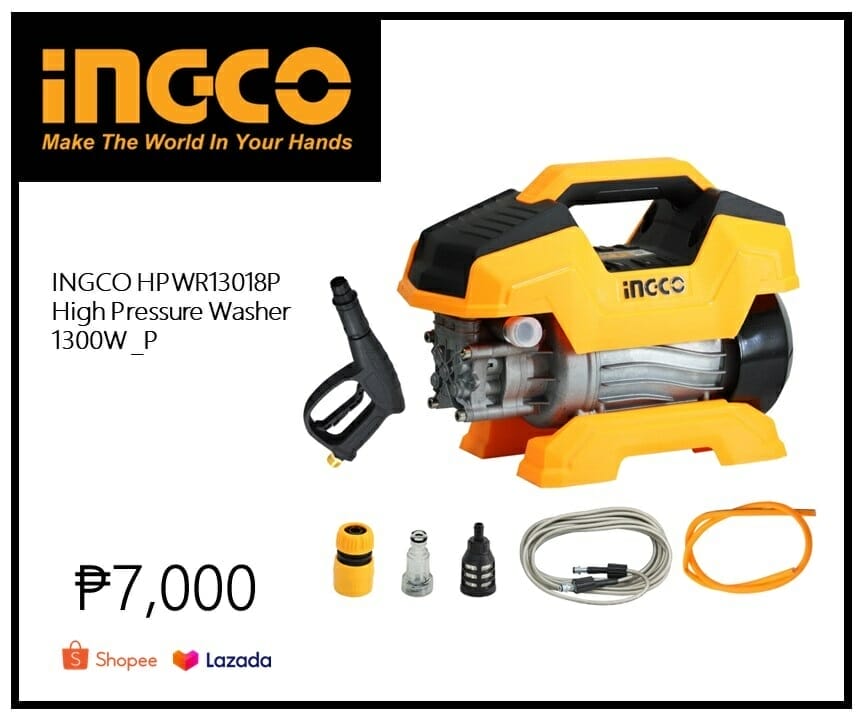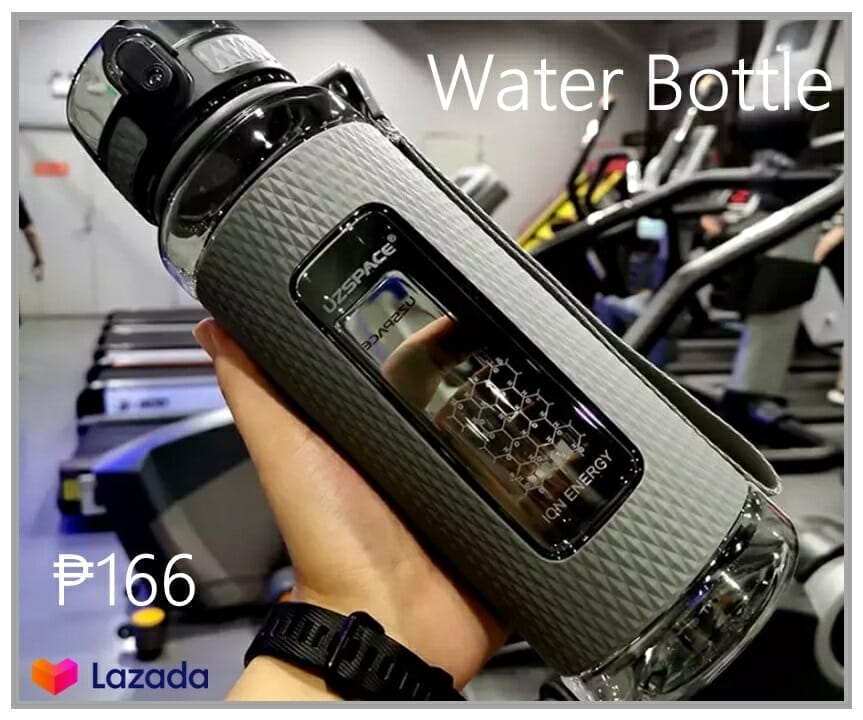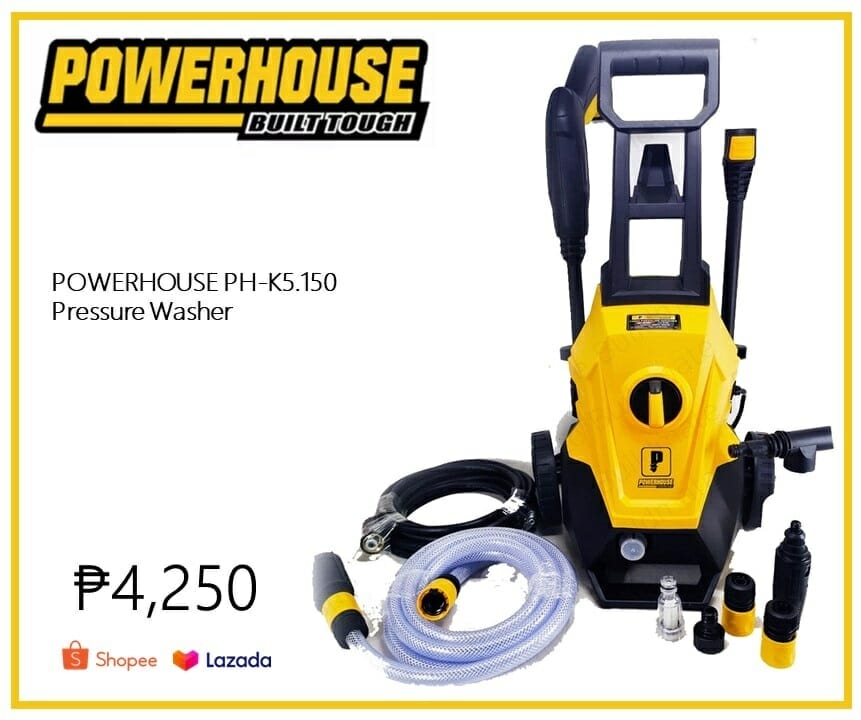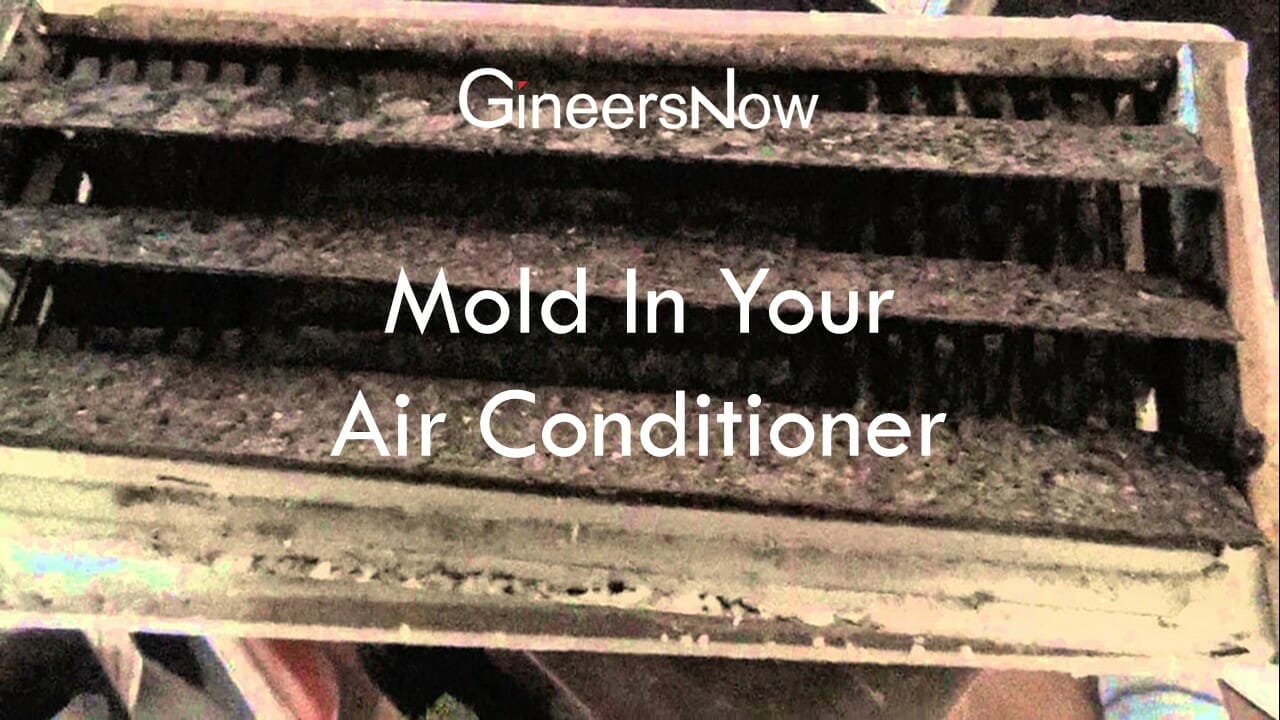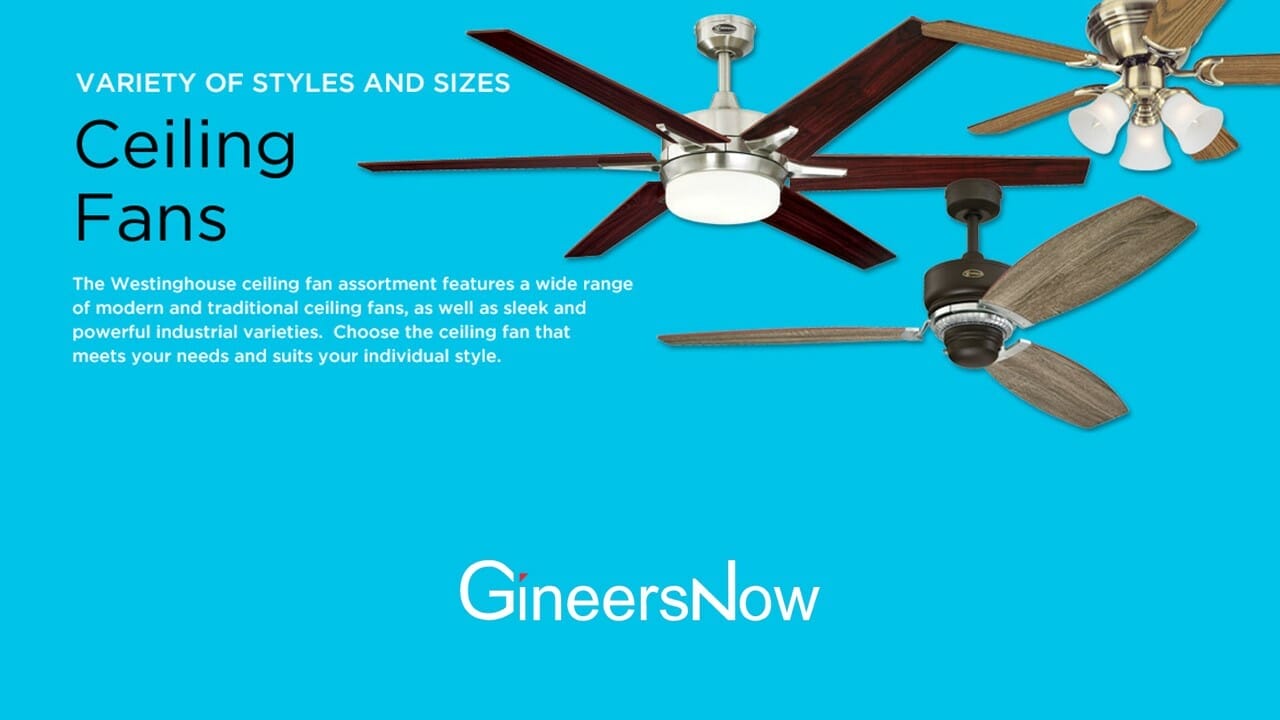A Well-Designed Furnace Filter
Fresh air and proper ventilation are crucial in improving productivity and profits, according to Joseph G. Allen of the Harvard T.H. Chan School of Public Health. With today’s uncertain health conditions, having healthy indoor spaces is a must. What can help individuals stay safe within their homes are well-designed furnace filters to keep out any harmful particles — or to stop them from circulating within enclosed spaces. So what makes a well-designed furnace filter?
The Materials
For starters, it’s all about the materials. An effective air filter or furnace filter keeps HVAC units and furnaces in good working condition and traps various indoor pollutants that may have an adverse effect on consumer health, according to Mary H.J. Farrell. To do its job, it must contain the right sort of materials. Some of the common materials used in furnace filters are fiberglass, electronic pulses, and specialized fabrics. A furnace engineer must choose the type of materials that works best with the overall design. Each material has its own level of efficacy, so it will be up to the professional to determine what works best with their design.
The Size And Thickness
Furnace filters come in a myriad of sizes and shapes. Depending on the capacity of the building and its purpose, furnace filter sizes will vary. Ultimately, it is the size of the HVAC that will determine the acceptable furnace filter size to be used. Of course, the type of filter chosen can be tweaked by the consumer. There are furnace filters that are thicker than others. The thickness can also determine how well it can trap contaminants from passing through: certain furnace filters are effective enough that they are being used as alternate face masks for civilians and medical workers amidst the pandemic. An engineer must take into consideration the width and thickness of their design as they build their own furnace filters.

The Rating
A well-designed furnace filter should have a high Minimum Efficiency Reporting Values (MERV) rating. The United States Environmental Protection Agency says that the higher the MERV rating, the better the filter’s ability to capture larger contaminant particles. If furnace engineers are interested in building furnaces filters that absorb particles then they must build one that has a high High-Efficiency Particulate Air (HEPA) rating. HEPA filters come with their own set of challenges and well-designed ones should be compatible with a wide range of HVAC units available in the market. Furnace engineers must submit their designs to the American Society of Heating, Refrigerating, and Air Conditioning Engineers in order to get a MERV or HEPA rating on their products.
With the seasons shifting and no definitive end to the COVID-19 pandemic, consumers are going to need reliable and well-designed furnace filters to give them peace of mind. It is entirely up to engineers to develop better and better designs so that consumers may enjoy health, productivity and potential profits. The next few months and years will be an interesting time for furnace designers and engineers as they continue to develop furnaces to meet demand.



